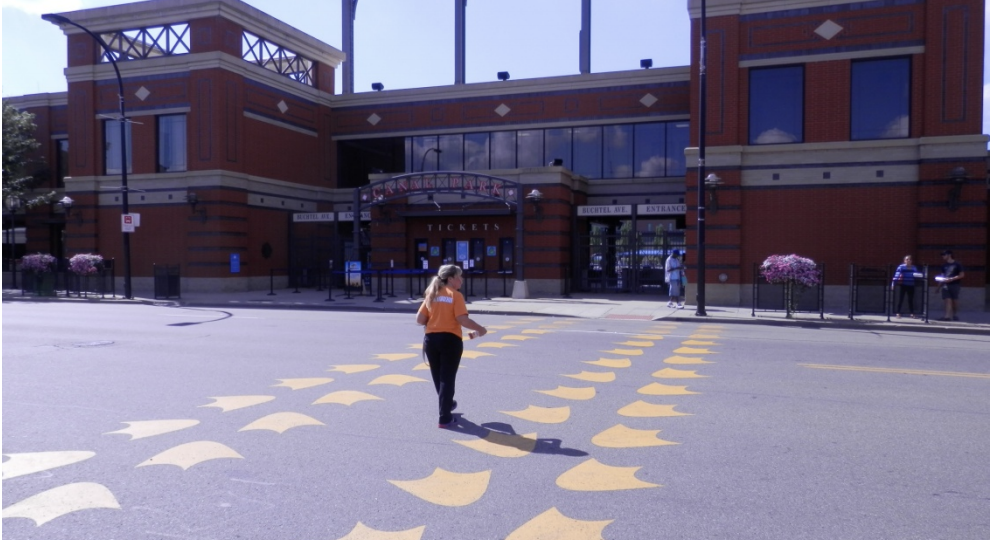The Akron Metropolitan Area Transportation Study’s (AMATS) recently completed Mid-Block Crossing Analysis is a first-of-its kind effort by the agency to identify locations where mid-block pedestrian crossings are occurring or are likely to occur throughout the Greater Akron area. By identifying these locations, area communities can determine where pedestrian safety improvements may be needed. This analysis won’t be the last-of-its-kind either, according to AMATS officials. It’s the first in a series of similar efforts to foster a new planning synergy for the region that combines new planning and design strategies for a single purpose: To improve the area’s quality of life. Many of the locations identified in the analysis are informal crossing points at roads and streets that aren’t marked as crossings. People prefer to cross illegally at these points rather than walk to the safety of the nearest available crosswalk. Many do so with no problem while…
AMATS
The 2012 Annual Report from AMATS is now available. The report details the agency’s accomplishments during the year that marked AMATS’ 50th Anniversary as a metropolitan planning organization. Readers can find out why agency leaders agreed that preservation of the Greater Akron area’s existing transportation system should be a priority over costly expansions. There are also summaries regarding the development of several items integral to the release of Transportation Outlook 2035, the area’s upcoming long-range regional transportation plan. There’s also information about the agency’s ongoing efforts to promote regional connectivity and sustainability through its various cycling initiatives. To view the report, please click the graphic above.
The Akron Metropolitan Area Transportation Study (AMATS) invites you to participate in the development of two items key to the future of the Greater Akron area: Transportation Outlook 2035 and the Transportation Improvement Program (TIP) for Fiscal Years 2014 through 2017. Transportation Outlook 2035 is the area’s draft long-range transportation plan of identified needs and recommendations. The plan includes highway, transit, bike and pedestrian project recommendations that are expected to be completed by 2035. Transportation Outlook 2035 recommends over $4.3 billion in highway infrastructure investments through 2035, which includes over $2.5 billion for preservation of the existing system. The draft plan includes investment of over $1.7 billion in the region’s public transportation system and recommends $30 million in bicycle and pedestrian improvements. AMATS Planning Coordinator Krista Beniston says that the draft plan represents the agency’s focus on using the Greater Akron area’s shrinking funding resources wisely. “These recommendations reflect a…
AMATS, the Akron Metropolitan Area Transportation Study, is one of the four Metropolitan Planning Organizations involved in Vibrant NEO 2040 that we discussed in our post last week. One of their many initiatives is the Connecting Communities program which “is designed to provide communities with funding to develop transportation plans that will lead to the identification of projects eligible for AMATS funds.” The Connecting Communities grant program was a recommendation from AMATS’s Connecting Communities Planning Initiative (link is to a large pdf file) in 2010. The purpose of Connecting Communities – A Guide to Integrating Land Use and Transportation is to promote a region that balances environmental, social and economic concerns by improving coordination between land use and transportation. Connecting Communities utilizes a regional planning process to explore strategies to increase transportation choices and accessibility, help communities make collaborative, informed decisions to coordinate development, reduce environmental impacts and improve regional connectivity….

